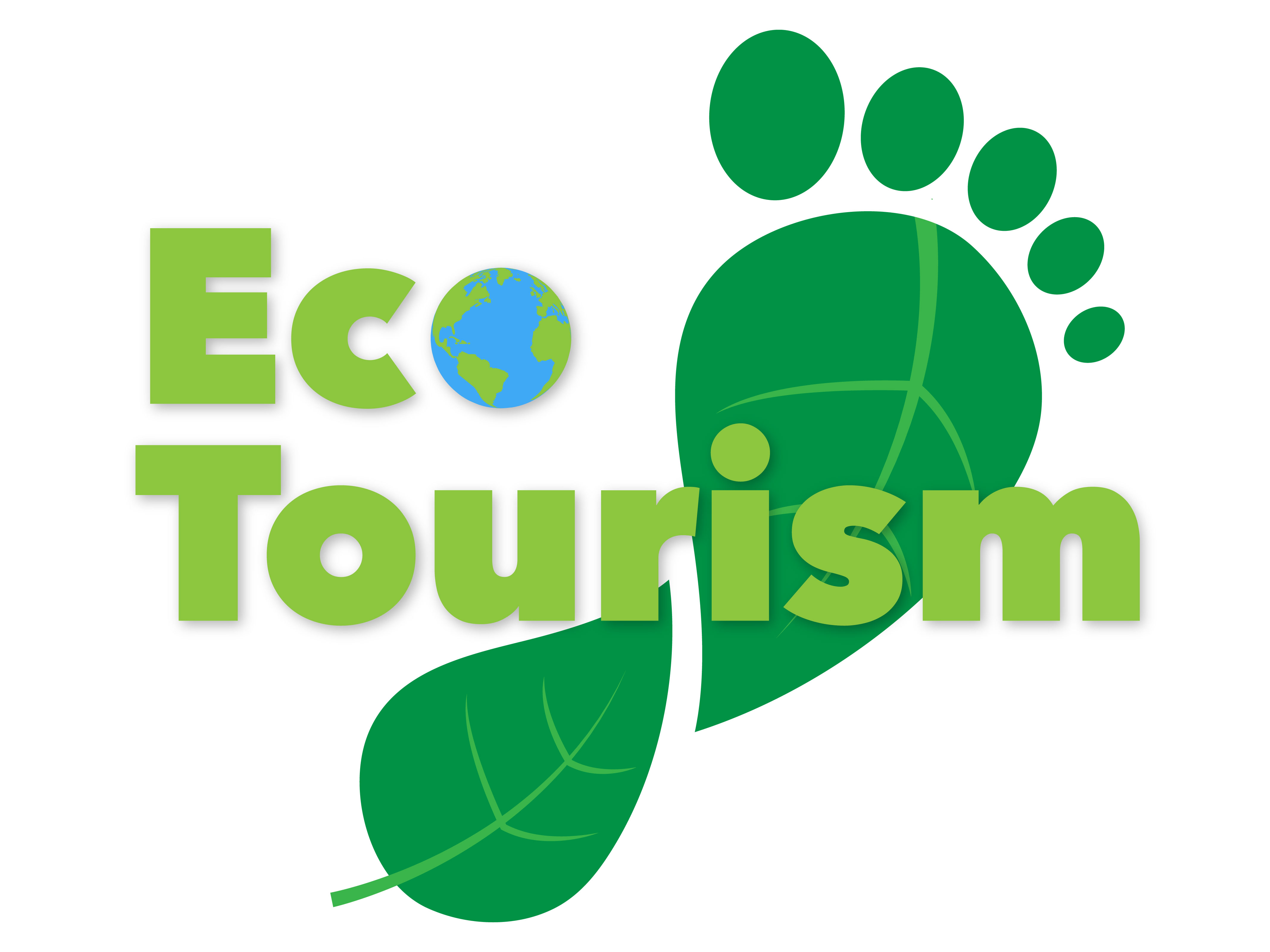Even as attracting tourists usually strengthens local economies, here’s how popular destinations are trying to protect nature.
With international travel on the rise—more than 87 million Americans crossed borders in 2017, according to the National Travel and Tourism Office—the idea of treading lightly has become more popular. From 2016 to 2017, the amount of Americans traveling internationally increased by 9 percent. Amy Gregg, a professor of natural resources and environmental management at Ball State University, says this practice of “ecotourism” involves paying attention to the traces we leave behind in places with high rates of tourism.
While travel contributes to economic growth and the mingling of cultures, it can also create pollution and other environmental problems. Ecotourism involves taking measuring to counteract this potential damage.
Miriam Festari, an 18-year-old Italian resident, goes to school in Crema, Italy, which has been a popular destination since the premiere of the movie Call Me By Your Name was shot in the city. When tourism increased, the mayor started putting more trash bins around the city in an effort to reduce littering. While Miriam says more could always be done to keep the city clean, the trash bins have been a good starting place.
In the historic and tourist-heavy city of Washington, D.C., similar measures have been taken to prevent worsening pollution. Drew Amstutz, a student at George Washington University, has seen the city try to minimize its environmental impact by implementing trash cans and recycle bins on every street corner. Many of the buildings there are also LEED (Leadership in Energy and Environmental Design) certified, which means they have earned high ratings for energy efficiency.
Indiana is also taking steps toward becoming more sustainable when it comes to tourism. At the Indiana Dunes National Lakeshore, which is one of the most popular destinations in Indiana, a program called Citizen Science allows people to get involved with making the park cleaner and more sustainable. This program has helped with projects such as the Dragonfly Mercury Project and with researching how climate influences sugar maple trees. As part of the Dragonfly Mercury Project, students and volunteers across America collect dragonfly larvae. The larvae is then sent to a U.S. Geological Survey laboratory where the mercury is analyzed.
Gregg says travelers can help minimize their ecological footprints by respecting their surroundings, shopping at small businesses instead of international chains, and choosing local lodging options over big hotels. She clarified that not all major hotel companies are bad for the environment, but she says it’s important to invest in local communities.



